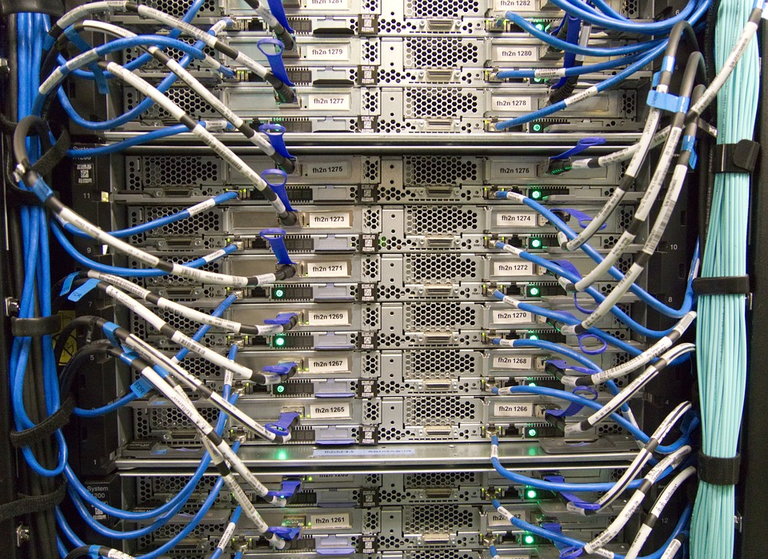The History of the Computer and Its Evolution
The computer is an essential aspect of modern life, with its capability to process, store and retrieve vast amounts of data quickly and efficiently. The concept of the computer began more than two thousand years ago with the abacus, which is considered as the first computing device. The evolution of computers over the centuries is an interesting journey, and the following six headings will cover the most significant stages of its development.

Pre-Electronic Computing Devices
Before the advent of electronics, humans used various devices to calculate numbers and perform mathematical operations. The abacus, invented in Mesopotamia around 2400 BC, was the earliest device used for counting. The Napier's Bones, invented by John Napier in 1617, was an early version of a slide rule that allowed people to perform multiplication and division calculations.

Early Electronic Computers
The first electronic computer was the Atanasoff-Berry Computer (ABC) designed by John Atanasoff and Clifford Berry in 1937. However, it was not a practical device for general computing. The Electronic Numerical Integrator and Computer (ENIAC) was the first successful electronic computer. It was developed during World War II to calculate ballistic tables for the US Army.

Mainframes and Minicomputers
In the 1950s, mainframe computers were developed and used by large organizations for data processing. The IBM System/360, launched in 1964, was a popular mainframe computer that became the industry standard. The invention of the microprocessor in the 1970s enabled the development of smaller computers known as minicomputers. These computers were affordable and used in small and medium-sized businesses and scientific research.

Personal Computers
The introduction of the personal computer in the 1970s revolutionized the computer industry. Apple's Macintosh and IBM's PC were the two most successful personal computers of that era. The Apple Macintosh was the first computer to have a Graphical User Interface (GUI), making it user-friendly. Microsoft's Windows operating system, launched in 1985, became the industry standard for personal computers.

Laptops, Tablets, and Smartphones
The evolution of computers did not stop with personal computers. The invention of the laptop computer in the 1980s allowed people to carry their computers with them. Tablets, which are smaller and more portable than laptops, were introduced in the 2000s. In recent years, smartphones have become the most popular computing devices. They are portable, powerful, and can perform most of the functions of a computer.

The Future of Computing
The future of computing is exciting, and the possibilities are endless. Quantum computing, which uses quantum mechanics to perform complex computations, is expected to revolutionize the field. Artificial intelligence and machine learning are already changing the way we live and work. The Internet of Things (IoT) is another emerging technology that will connect billions of devices to the internet, creating a network of smart devices that can communicate with each other. These technologies will shape the future of computing and transform the world in ways we cannot yet imagine.

Conclusion
The history of the computer is a fascinating journey that spans centuries. The evolution of computers has transformed the way we live, work, and communicate. From the abacus to smartphones, computers have become an integral part of our lives. With new technologies emerging every day, the future of computing is full of possibilities.